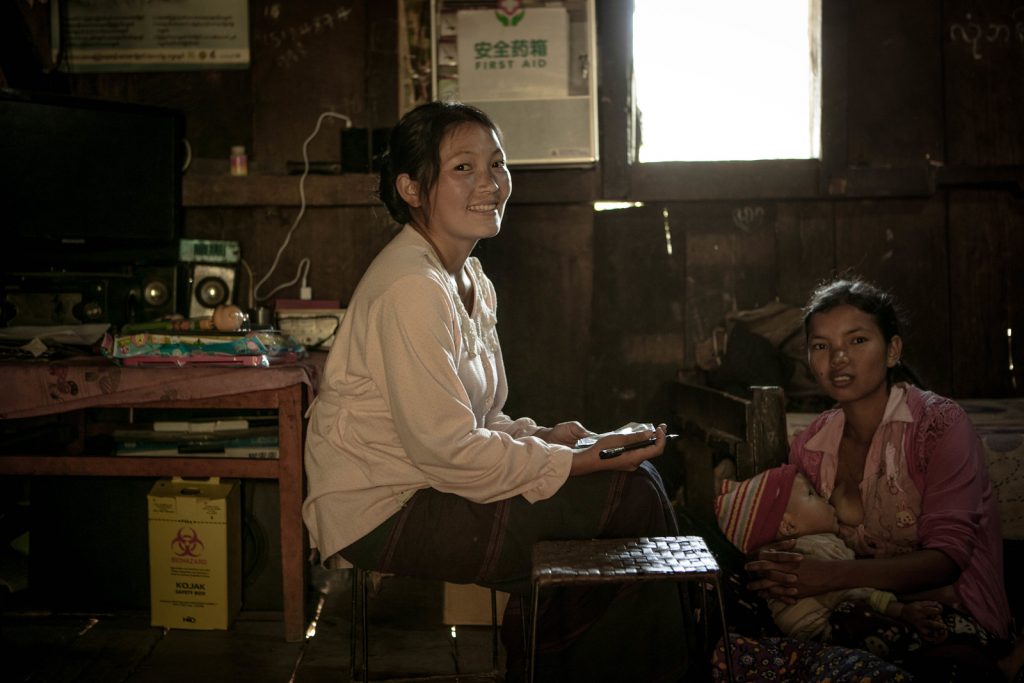The prevalence of malnutrition worldwide is staggering. Globally, 2 billion people suffer from malnutrition in one form or another. ‘Food and Nutrition’ is another essential for health which throws up a gender imbalance: women and girls are at higher risk of being affected by malnutrition—60% of the world’s hungry are women according to the World Food Program. Poor nutrition in women and girls means they are more likely to suffer from anemia, increasing their risk of bleeding and death during and after childbirth.
Low quality and low diversity of food are other major sources of malnutrition. Whilst people may intake of enough calories for daily subsistence, they can still suffer from ‘hidden hunger’, with low levels of micronutrients due to low diversification of diets.

More than a third of the children who die before they reach the age of five, suffer from under-nutrition. They don’t have enough nutritious food and essential vitamins and minerals to grow, develop and fight off disease. With environmental conditions becoming more challenging due to climate change, the ability to grow and sustain crops is increasingly compromised in many of the areas where we work. We strive to improve the quantity and sustainability of food production in the communities we support, which in turn can contribute to the income level of many households as the surplus produce can be exchanged or sold – thus diversifying diet.

